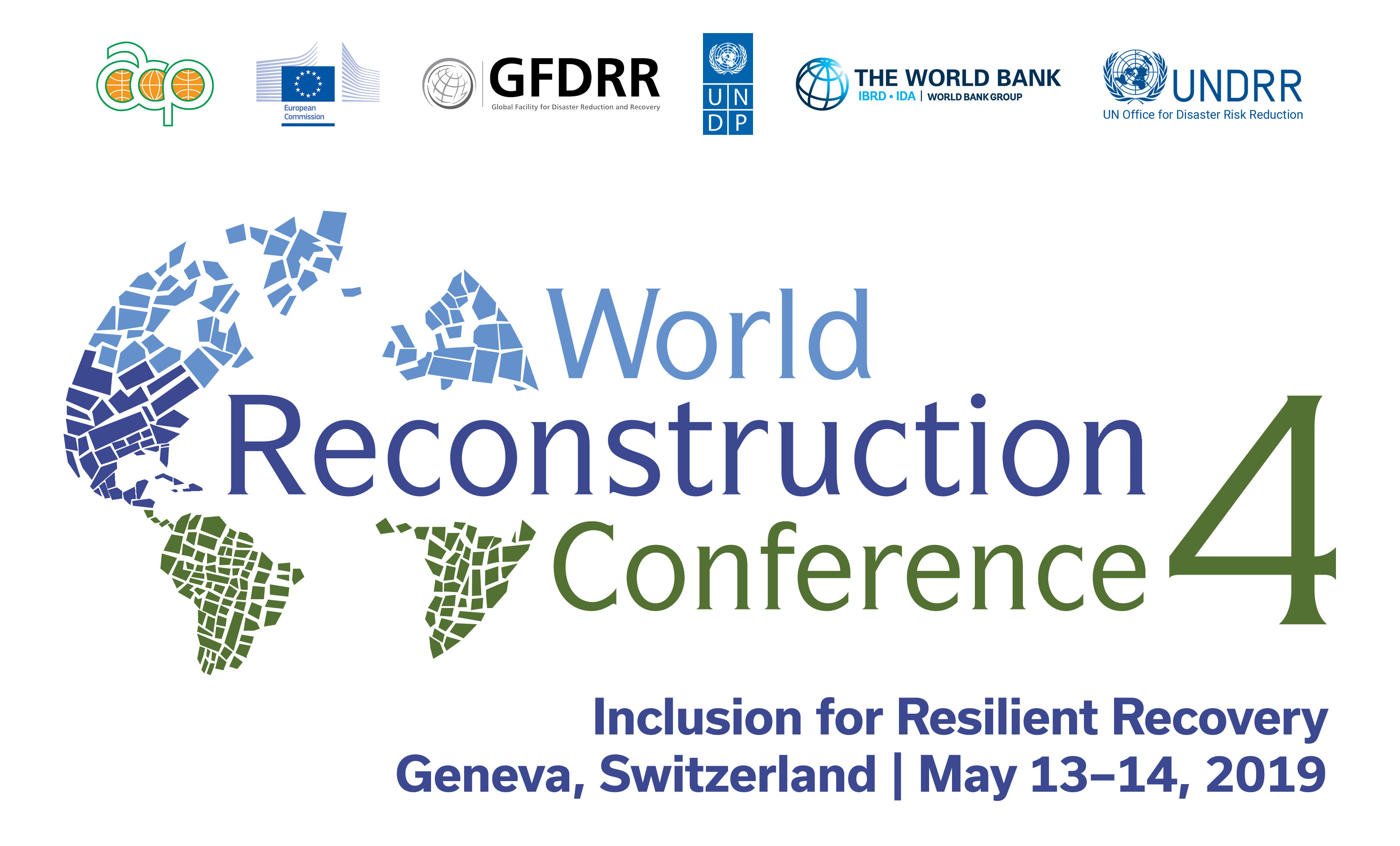Session Summary
There were four plenary sessions that highlighted the flagship themes of the Conference. The opening plenary session emphasized the importance of leaving no one behind and suggested concrete approaches to make inclusion a reality in recovery. A distinguished panel concluded that the most critical test of a recovery program is its ability to provide differentiated and targeted assistance to everyone. This brought up the issue of community outreach and social inclusion without bias or discrimination when people receive assistance and use it to rebuild their lives. Recovery and reconstruction also need to go beyond humanitarian assistance to disaster-affected people, and provide them with adequate financial and technical support for their sustainable recovery.
Recent experiences from India and Japan demonstrate that effective inclusion needs to go beyond compliance. It requires a far more substantive involvement, with politics and reforms reflecting the diversity of the needs of vulnerable sections of society. There is a need for innovative approaches, with communities and Non-Governmental Organizations (NGOs) working closely with the affected people and with the government to make inclusion in recovery and reconstruction more effective. The greater the inclusion, the greater the participation, the greater will be the accountability. Planning needs to take a bottom-up approach. The session stressed the need for strong institutional frameworks that ensure rehabilitation packages address the basic needs of the most vulnerable and impoverished sections of society, and give them equal entitlements and rights. The aim is to achieve an equal partnership between the government and NGOs with a strong role for the private sector. An upgraded system to make information-sharing between the government and NGOs more institutionalized is likely to facilitate better coordination, and help make inclusion a reality on the ground. People with disabilities, women, the poor and the elderly, and other vulnerable sections cannot be an afterthought, but need to be included from the outset, so that vulnerable communities are present at every stage of the decision-making process thus enabling an entire ecosystem of inclusion.

